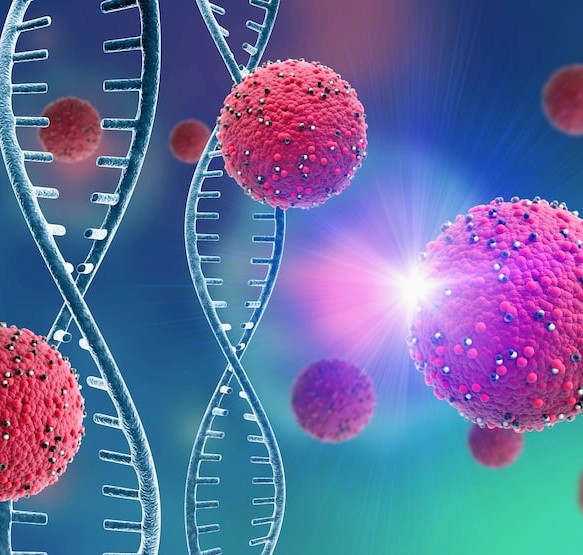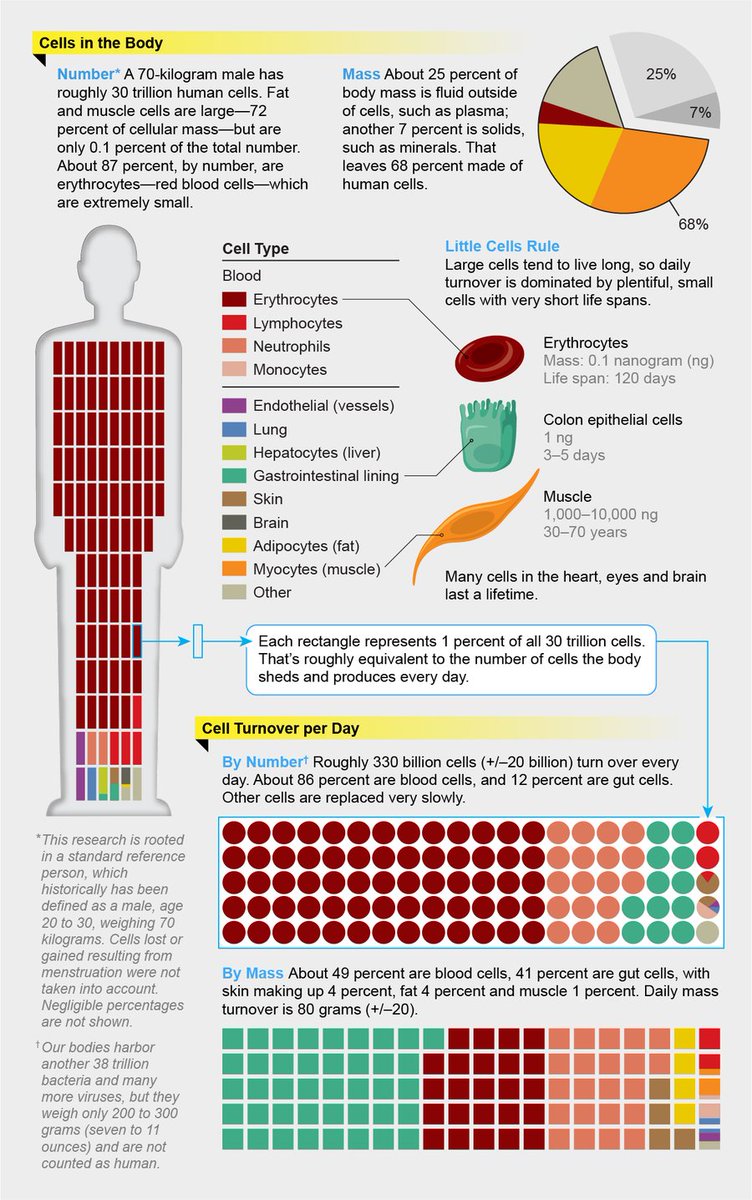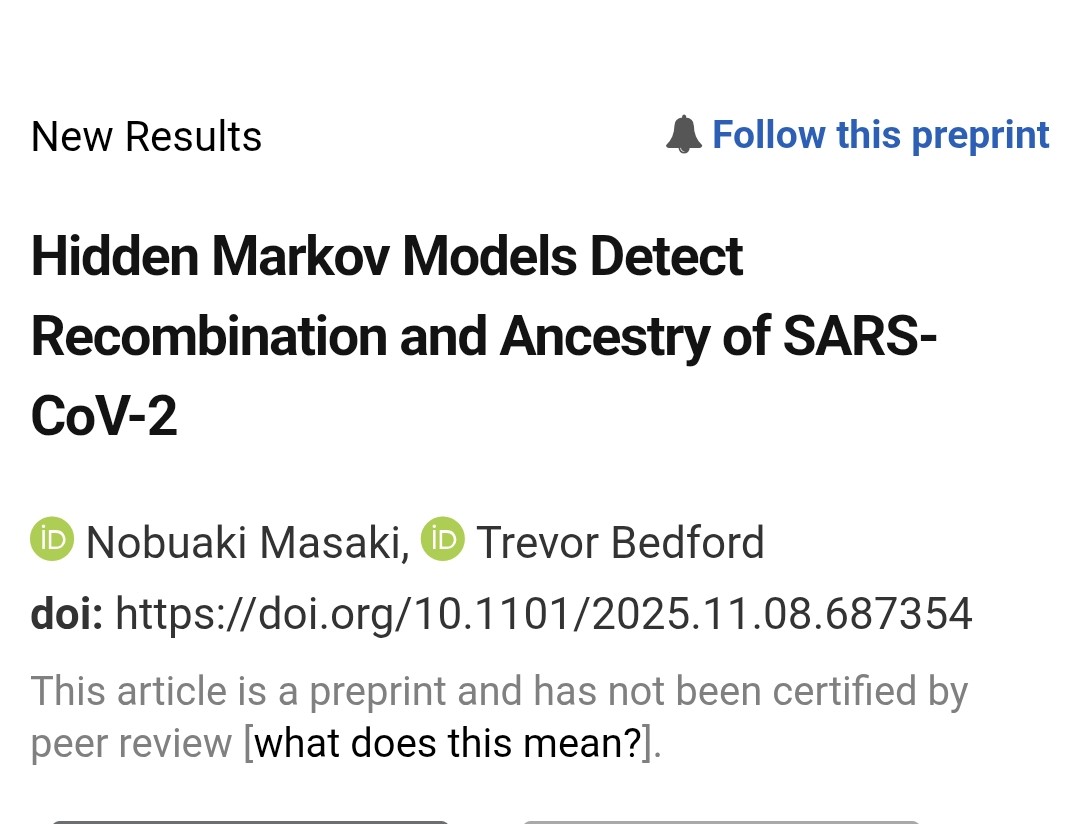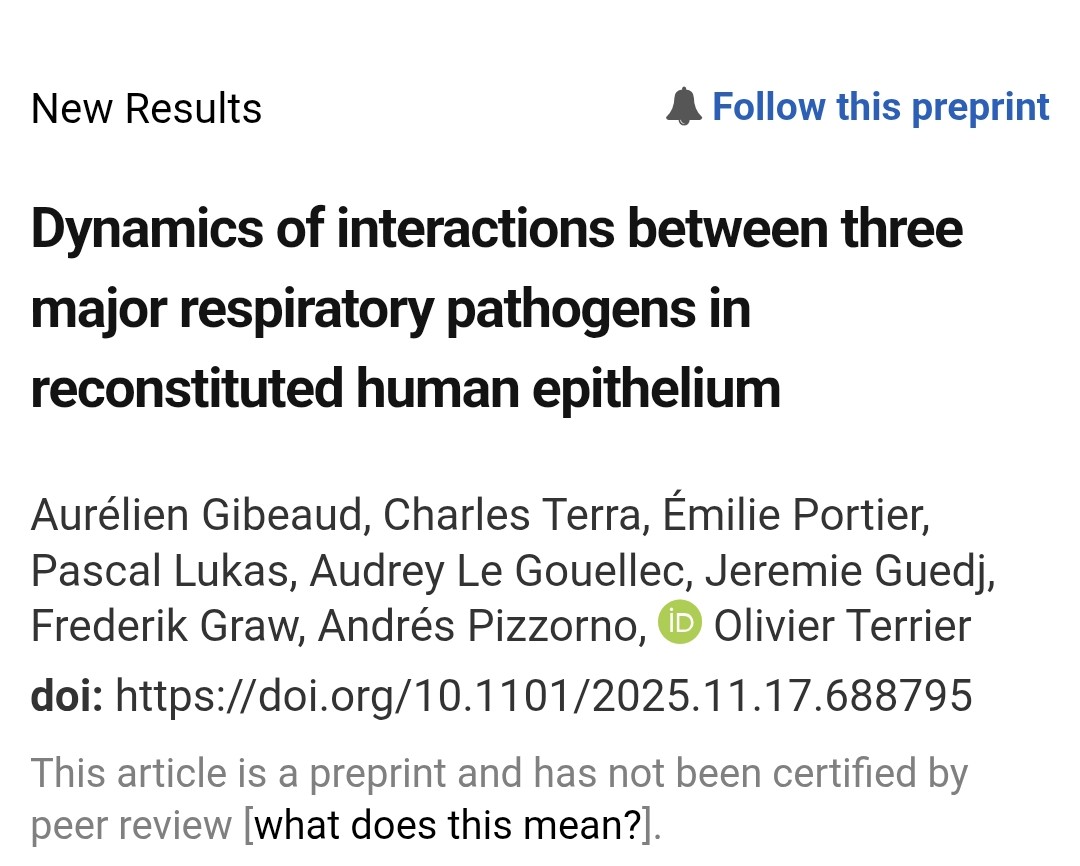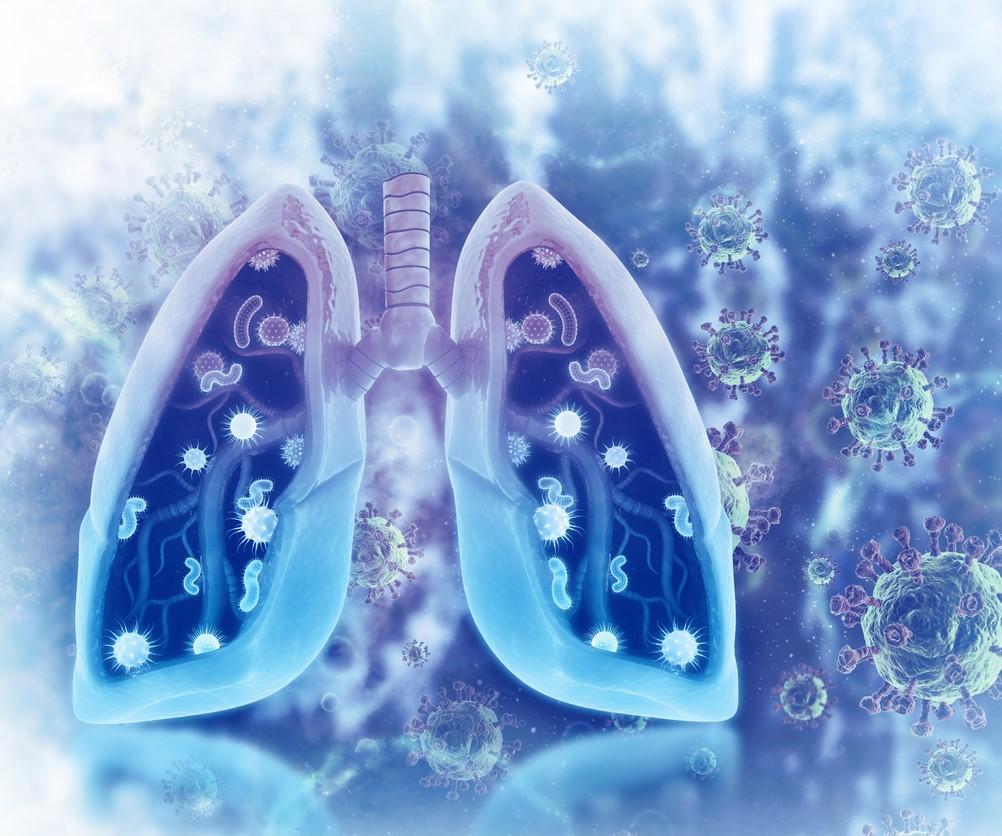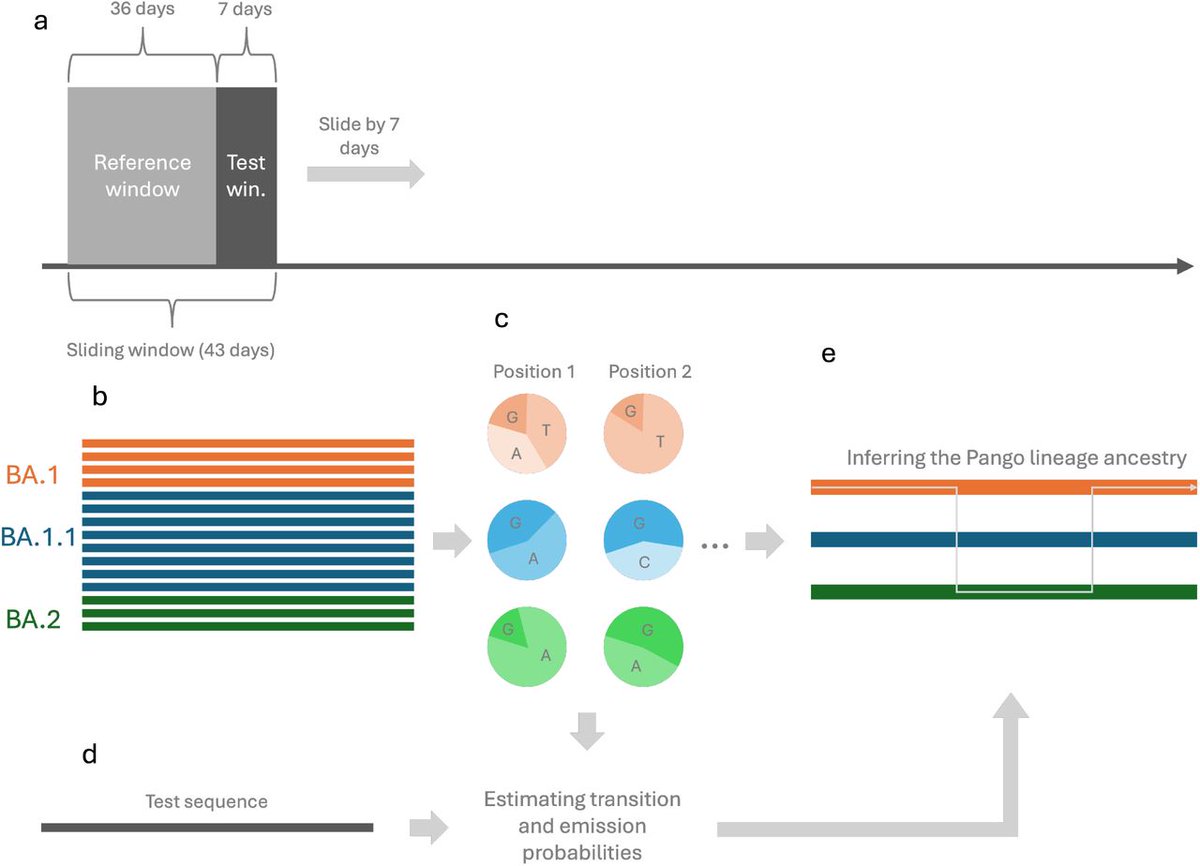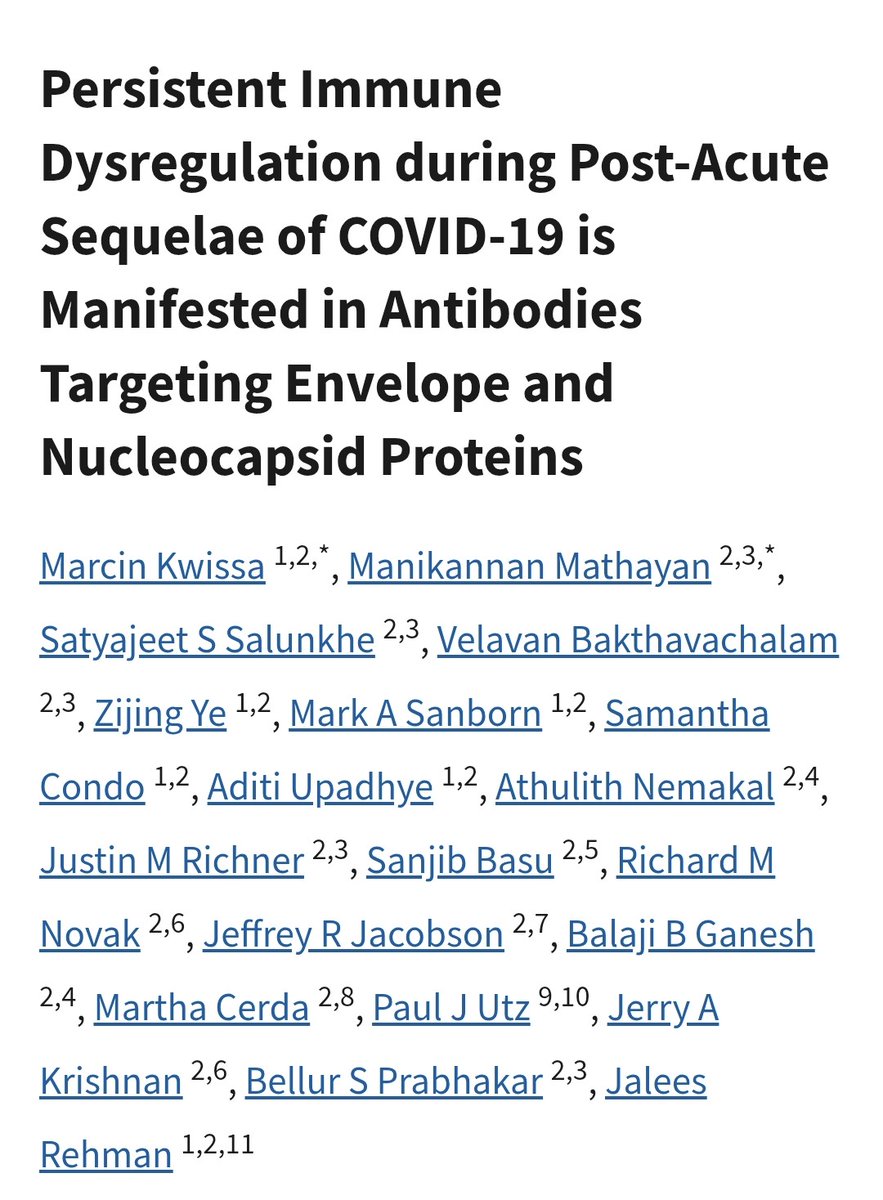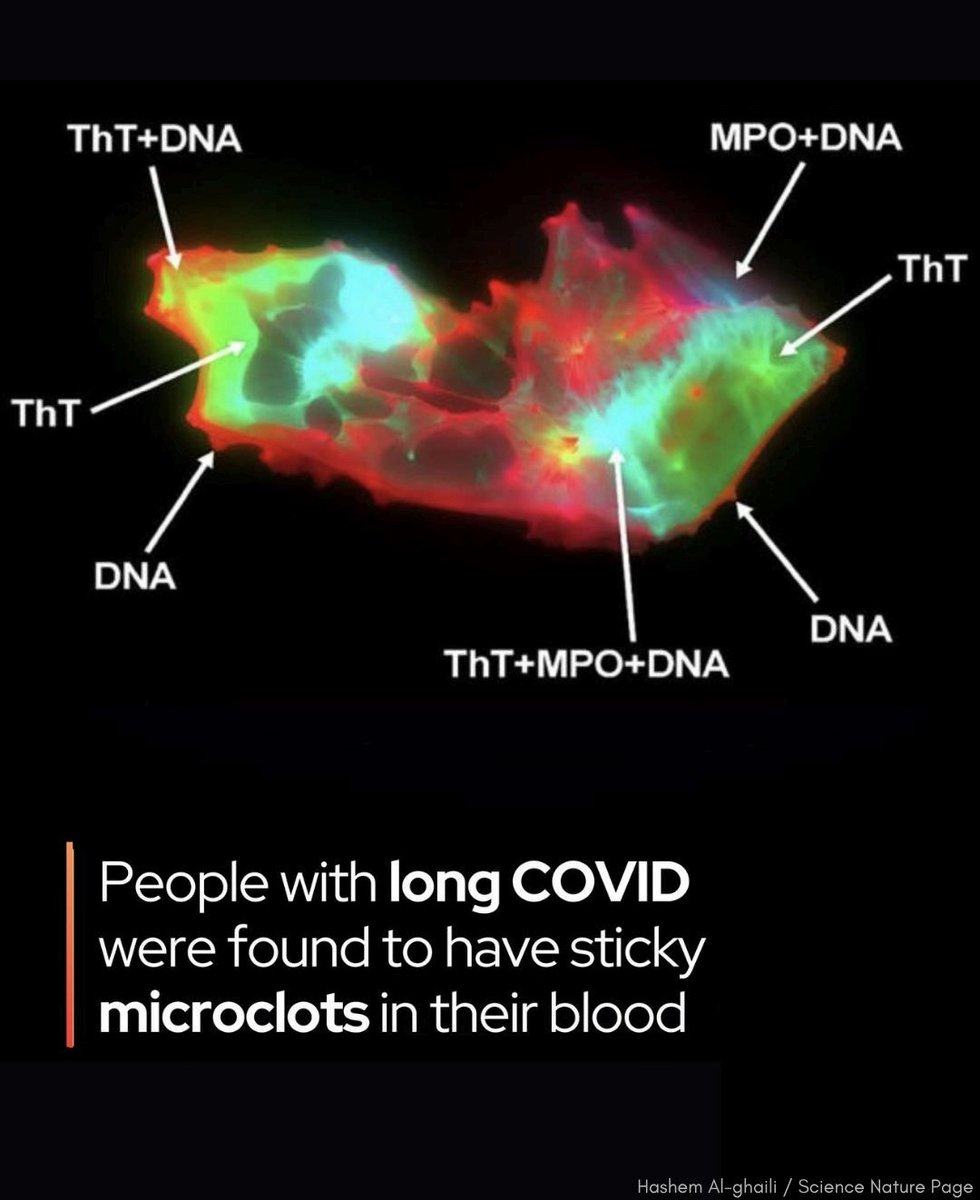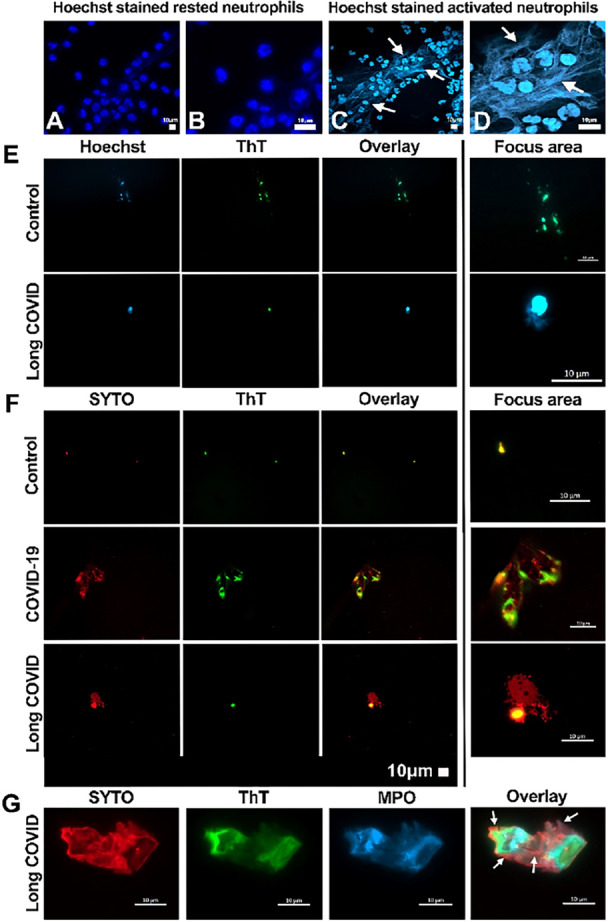SARS-COV-2 for KIDS 👩❤️👨
IMMUNITY, the lines of defense against the virus ...
(with amazing videos)
IMMUNITY, the lines of defense against the virus ...
(with amazing videos)

2) A short introduction ...
3) In term of innate immunity, there are, before the interferons, the toll-like receptors (TLRs). To keep it simple, due to the complexity of this subject, we propose you a brief discovery with this video
4) It is these receptors which will trigger interferons and cytokines.
Interferons are a group of proteins, which work by inhibiting the replication of viruses and stimulating the immune system to mount a defense against the infection
Interferons are a group of proteins, which work by inhibiting the replication of viruses and stimulating the immune system to mount a defense against the infection

5) Cytokines are a broad category of small proteins or peptides that are involved in cell signaling. They regulate various aspects of immune responses, including inflammation, cell growth, and cell differentiation. 

6) We will return later to this important subject of the manipulation of interferons by SARS-COV-2.
In a defective immune response this leads to further accumulation of immune cells, causing overproduction of pro-inflammatory cytokines, a "cytokine storm" ..
In a defective immune response this leads to further accumulation of immune cells, causing overproduction of pro-inflammatory cytokines, a "cytokine storm" ..

7) ... which damages the lung infrastructure and circulates to other organs, leading to multi-organ damage. COVID-19 is a multisystem inflammatory disease. 

8) Finally, there is what we call the adaptive immunity, composed of humoral and cell-mediated immunity. 

9) It is thanks to these adaptive immunity mechanisms that for example the CD4+ T-cells helpers or the antibodies will be produced.
10) In conclusion, for those interested, we had already posted a thread for kids.
https://twitter.com/ejustin46/status/1645022922489069568?t=UI0is16umofS4bmbAb5liQ&s=19
11) Thanks for reading 🙏
REFERENCES.
Studies
Video :
FYI
@MeetJess @LauraMiers @DavidJoffe64 @RadCentrism @HarrySpoelstra @1goodtern @outbreakupdates @UseBy2022 @mrmickme @RolandBakerIII
@AltenbergLee nature.com/articles/s4157…
nature.com/articles/s4159…
proteinlounge.com/animation_deta…

REFERENCES.
Studies
Video :
FYI
@MeetJess @LauraMiers @DavidJoffe64 @RadCentrism @HarrySpoelstra @1goodtern @outbreakupdates @UseBy2022 @mrmickme @RolandBakerIII
@AltenbergLee nature.com/articles/s4157…
nature.com/articles/s4159…
proteinlounge.com/animation_deta…

• • •
Missing some Tweet in this thread? You can try to
force a refresh



